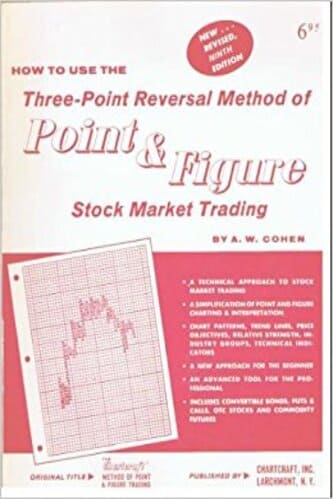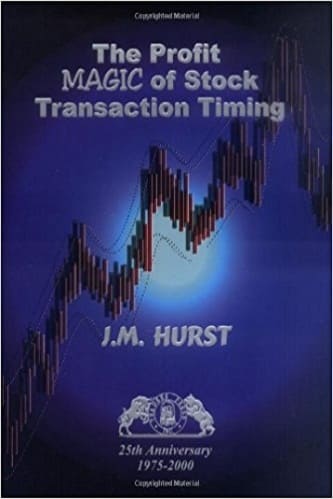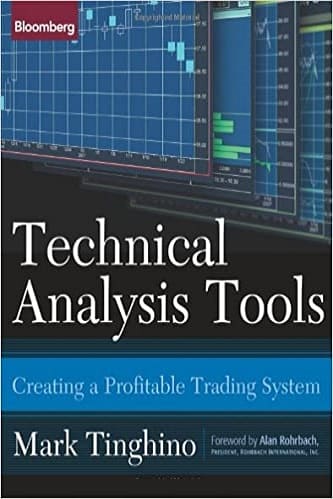Articles
Simple Rules for Finding Support and Resistance on the Dow By Chris Kakasuleff
As I have mentioned in prior articles I have mentioned in articles, using midpoints from highs and lows on the Dow, are very useful in helping to determine support and resistance in price. By combining this idea of midpoints with other time proven predictive tools, your ability to predict the future course of the Dow Averages will improve quite dramatically.
I’ve received much correspondence from Gann enthusiasts asking questions about how price can be determined in advance. In this article, we will address valuable components to this issue. Although Gann time wheels must never be ignored in determining price levels and support and resistance points, in this article we’re going to apply some rules to the aspect of looking at peaks and valleys of the Dow Averages, and use the price levels of the Dow alone to predict how high or low it may extend.
As our model we’ll use the high and low of 1990 on the Dow Jones Industrial Average. First, let’s determine the all important midpoints. To determine midpoints on the Dow, you simply combine different highs and lows depending on the time frame you’re interested in. If you’re interested in a long term perspective, you take the current all time high on the Dow and subtract the base market low from this high. You then divide the difference by 2 and add back the low. This number gives you the midpoint support if the market is falling from a high; at the midpoint resistance if the market is climbing from a low. This 50% retracement simple equation has a long historical record of reliability for determining tops and bottoms on the Dow and also individual stocks.
Let’s work this equation using the 1990 high on the Dow at 3000 and the Black Monday low at 1738. The midpoint of these two factors gives us a number of 2369. In other words, a 50% loss on the Dow from 3000 using the price low of 1738 set on the Dow on Black Monday, October 19, 1987, as our intermediate term time factor shows strong support on the Dow in the 2360 area. This 50% retracement equals out to about a 630 point loss on the Dow.
Suggested Books and Courses About Chart Patterns
Now let’s move on to the second part of our formula for finding levels of price support on the Dow. I have discussed, after many years of study, that price levels on the Dow move in increments of predictable percentages and numbers. This means that the Dow will gain or lose a certain percentage of it’s current value and then change direction. Then, it will lose a certain percentage and alter it’s course again. This same rule holds true with specific numbers of points. The percentage of gains or losses to watch from specific highs and lows on the Dow are 10-11%, 15%, 20-22%, 3033%, 40-44%, and 50-55%.
Using Dow numbers that have proven to be reliable over a historical period of time are gains or losses of 100 to 110 points, 200 to 220, 300 to 330 points, 400 to 440, 500 to 550 points, 600 to 660 points, etc.. When percentages of gains or losses match levels of gains or losses in Dow points, this serves as a very significant point to watch for a change of trend on the Dow. This is the exact kind of market action on the Dow that proved to be the low for 1990.
In the February, 1990, I predicted a high in the 2900 to 3050 level on the Dow and strong support in the 2300 area using these very methods. On October 11, 1990, the Dow closed at 2365. Using our above formula, of finding levels on the Dow that synchronized both in percentages and number of point lost, was not very difficult. Taking the percentage loss of 2022%, from 3000 on the Dow, gives us a price loss range of 600 to 660 points. This matches perfectly with our price level loss of 600 to 660 points. This valuable market tool indicates that the Dow could fall to as low as the 2340 area, of which it did, intra day on October 11th. By combining this information with our midpoint rules, creates a powerful combination for determining strong support on the Dow. Our midpoint indicated strong support at 2369 on the Dow. This indicates a loss of 631 points from the 3000 point high on the Dow.
Our percentage rule indicated that a 20-22% loss would also find us in this same area of 2360 plus. A 21% loss brings us the closest to our midpoint level of 2369. This 21% loss also equals 2369 on the Dow using exact closing prices of the actual highs and lows in October, 1987 and on July 17, 1990 . Now to confirm and rectify this price level on the Dow as strong support, we must turn our attention to the cycle of 360 points and harmonics of this level. Using guidelines of gains and losses of harmonics, of 360 points, is our icing on the cake. This number of 360 is on of W. D. Gann’s master numbers. To find harmonics of this number, you can divide it by 2, 3, 4, 6, 8, 16, etc.. I have explained the usefulness of this formula in other articles. Our goal here is to find harmonics of .360 that will match our numbers above in the 2360 area of the Dow. numbers above in the 2360 area of the Dow.
The number 630 instantly stands out as a harmonic of 360 and virtually matches our above numbers exactly. By adding the numbers of 360 plus 270, we arrive at the number 630. The number 270 is three quarters of the number 360, therefore, a major harmonic. Adding these two numbers together and combining the results with our numbers above gives us conclusive evidence that very strong support should develop on the Dow Jones Industrial Average at the 2360 to 2370 level from the high at 2999 on the Dow on July 17, 1990 . On October 11, 1990, the Dow closed at 2365 and has remained the low as I write this article three months later in January, 1991. These simple rules prove that it doesn’t take a rocket scientist to predict the future course of the Dow. Just a few basic laws of the Universe will do just fine.




